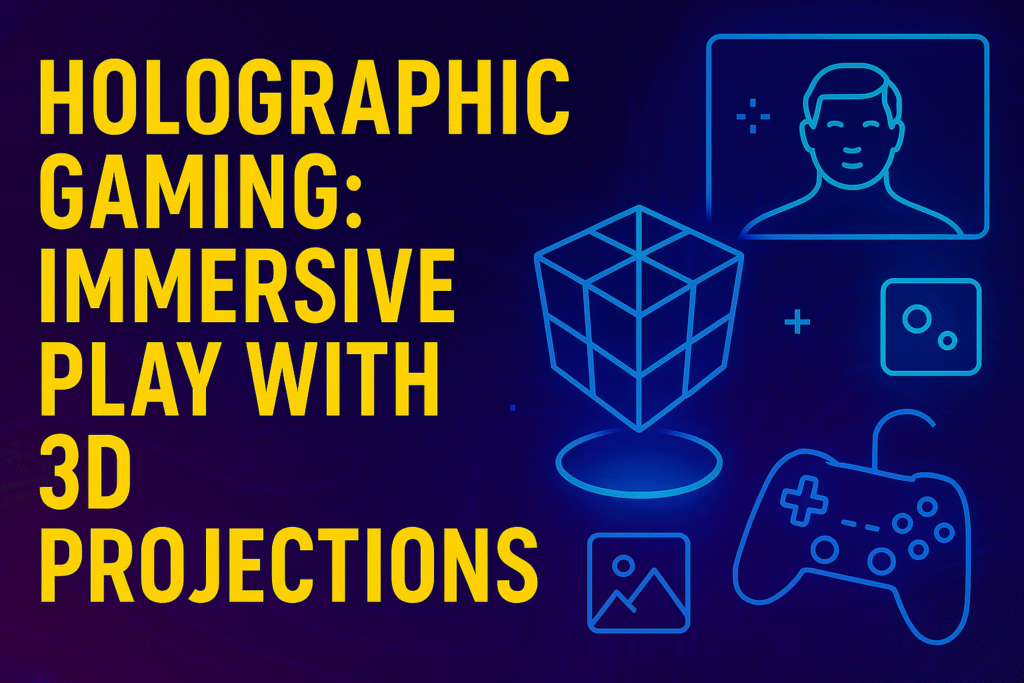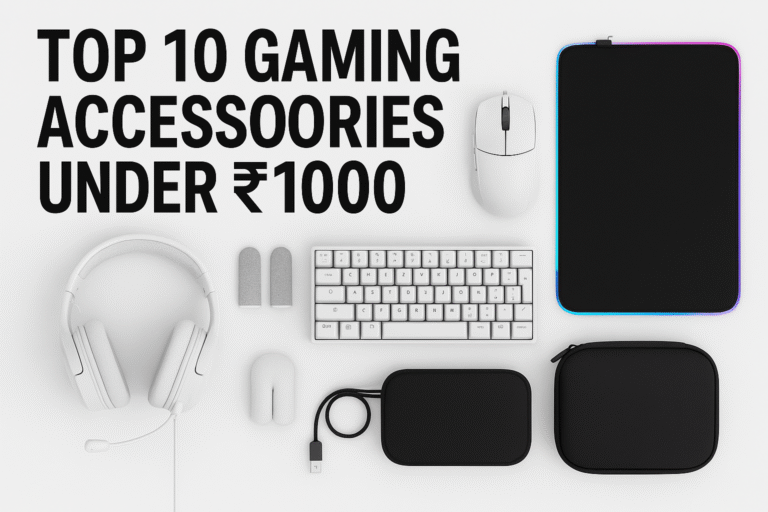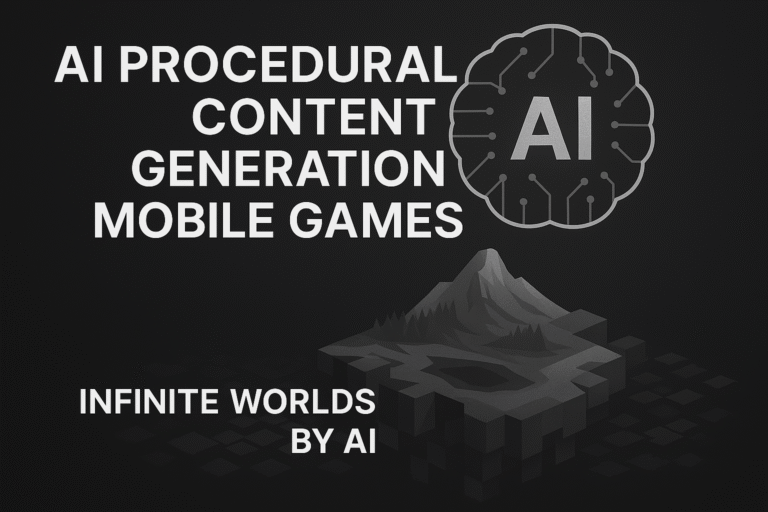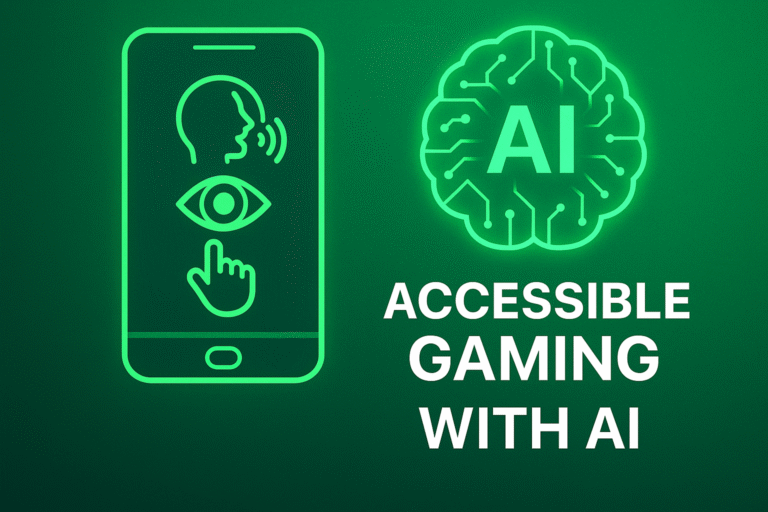
Step into a new dimension of gaming—this cinematic thumbnail displays volumetric visuals, floating HUDs, and real-world spatial overlays, designed for immersive gameplay coverage.
1. What Is Holographic Gaming?
Holographic gaming blends 3D projections, spatial computing, and real-world interaction to create immersive environments where players engage with floating visuals and lifelike holograms. Unlike traditional screen-based setups, holographic systems project volumetric content into physical space, enabling players to walk around, interact, and even manipulate game elements in mid-air.
2. Volumetric Projection Systems
Volumetric displays generate 3D images that occupy real space. These systems use:
- Laser plasma projection to create floating pixels (voxels) in mid-air
- Light field displays that simulate depth without headgear
- Rotating LED arrays to form dynamic 3D visuals
Check out Optica’s research on ultrahigh-density 3D holograms for VR and gaming.
3. Spatial Computing & Mixed Reality Integration
Spatial computing enables holographic games to understand and respond to real-world geometry. Using depth sensors and SLAM (Simultaneous Localization and Mapping), games can:
- Anchor holograms to physical surfaces
- Enable occlusion (holograms hide behind real objects)
- React to player movement in real time
Microsoft’s HoloLens and Apple Vision Pro are leading platforms in this space.
4. Gesture & Voice-Based Interaction
Forget controllers—gesture-controlled gaming lets players use hand signs, body movement, and voice commands to interact with holograms. AI models trained on gesture datasets enable:
- Spellcasting with hand signs
- Object manipulation via pinch or swipe
- Voice-triggered actions like “open portal” or “pause game”
Internal link: Dive deeper into Gesture-Controlled Gaming
5. Real-World Integration & Surface Mapping
Holographic gaming thrives on blending virtual and physical. With real-time surface mapping, games can:
- Project enemies onto your walls
- Turn your coffee table into a battlefield
- Use your room’s layout as part of the level design
Tilt Five’s tabletop AR system is a great example of this hybrid approach.
6. Multiplayer Holographic Sync
Multiplayer holographic gaming allows multiple users to see and interact with the same 3D projections from different angles. This is achieved through:
- Cloud-based hologram syncing
- Shared spatial anchors
- Low-latency rendering pipelines
This tech enables co-op puzzle solving, PvP battles, and shared exploration in real-world spaces.
7. AI-Driven Holographic NPCs
AI-powered holograms can:
- Recognize player emotions and respond accordingly
- Remember past interactions
- Adapt dialogue and behavior based on gameplay history
These NPCs feel more alive, creating deeper narrative immersion.
8. Future of Holographic Gaming
Expect breakthroughs like:
- Holographic wearables for full-body projection
- Haptic feedback integration for touchable holograms
- Neural interface control for thought-driven holographic interaction
Explore how Magnetic3D is shaping the future of holographic display tech.
Internal Links
- Gesture-Controlled Gaming
- Brainwave Gaming: EEG Mind-Controlled Play
- Emotion-Driven Gaming: AI Mood Detection
External DoFollow Links



